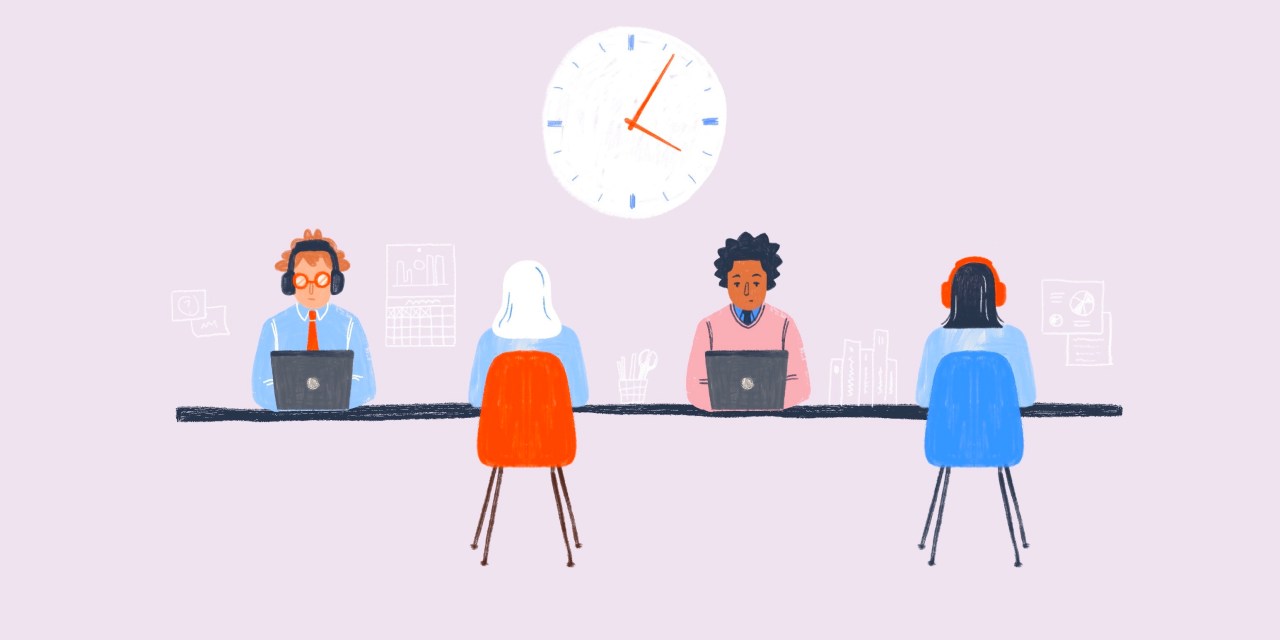How employers are revamping restrooms to entice workers to the office

Working from home afforded employees with many luxuries they’d never get in the office — like not having to commute, being able to do a load of laundry and make your own meals, and even being able to take midday naps or workout breaks.
But there’s one luxury workers aren’t openly discussing yet they value highly as they’re being asked to return to in-person work: having their own private bathroom.
A recent survey from remote job search site Jobera of over 3,000 workers found 20% of respondents said having their own bathroom while working from home is a “total game changer” and giving that up is a key reason they don’t want to return to offices.
“Going to the bathroom at the office can be quite embarrassing, and usually, there’s no privacy there,” said Alison Adams, community manager at Jobera “The situation is different when we work from home; no one holds us accountable for bathroom breaks, we don’t have to worry about being “too loud,” and the comfort of a home bathroom is completely different, on a much higher level than office bathrooms,” she said.
Ultimately, privacy is the biggest luxury lost when returning to in-person work and one some employers are attempting to better replicate in their open-office spaces. Some are paying more attention to their bathrooms now and looking to add more single-stall bathrooms or at least redesign communal bathroom stalls to be better enclosed and offer more privacy.
“Bathrooms have always been a touchy subject in the workplace, and we have seen a lot of upgrades for communal restrooms in particular,” said Melissa Strickland, managing director of architecture firm HLW’s New Jersey office.
“If a client has the ability to upgrade, they’ll typically look first at changing out the partitions to be full height, or as close to it as possible. If that isn’t an option, at a minimum we’ll see the addition of peek-a-boo guards to help close the stall gaps and provide additional privacy,” she said.
“We see the same type of upgrades happening in buildings being repositioned where landlords and developers are investing in the restrooms in their buildings to entice new tenants with the added level of privacy being provided,” she said.
She’s also seen an uptick in clients creating more single-use, gender-neutral bathrooms near the entrance of their spaces so they’re accessible to both visitors and employees. That’s more of a nod to promoting inclusive design than to providing more privacy to meet staff preferences as they come back into offices though, she said.
Beyond a need for more privacy, there are many other reasons workers might have for coveting their personal bathrooms back home that they now have to give up.
“When it comes to bathrooms, it’s also important to ensure their cleanliness, no one wants to sit on a seat that’s dirty from a colleague’s previous visit,” Adams said.
“I think it’s a topic that employers don’t ponder daily, yet as it appears, it’s quite important to employees. The best approach for employers is to ask themselves, ‘is our company bathroom one that I like to use?’ If the answer is ‘no,’ then it means it’s worth delving into this topic. Employees spend half of their day at work, so it’s worth taking care of their comfort,” added Adams.
